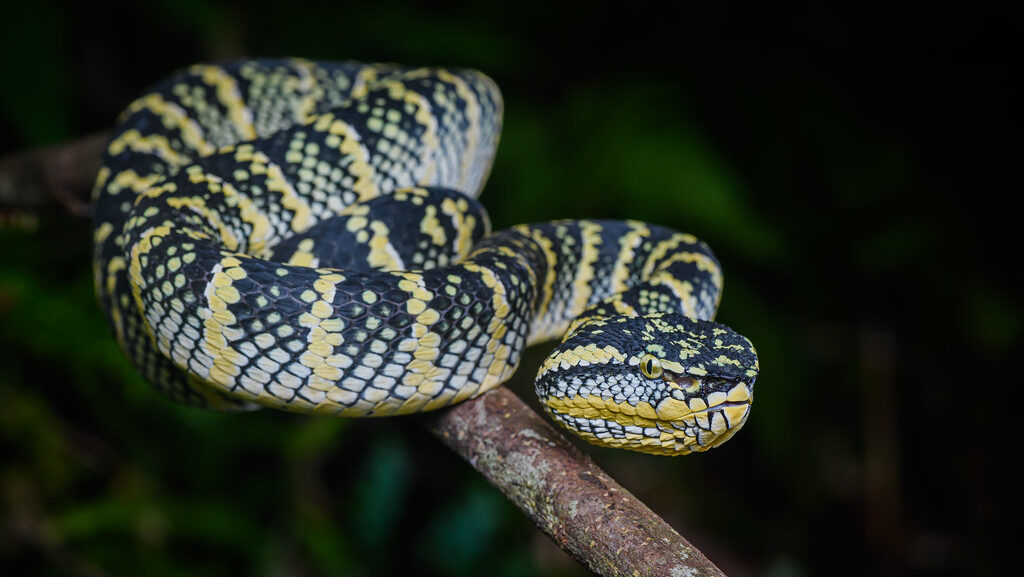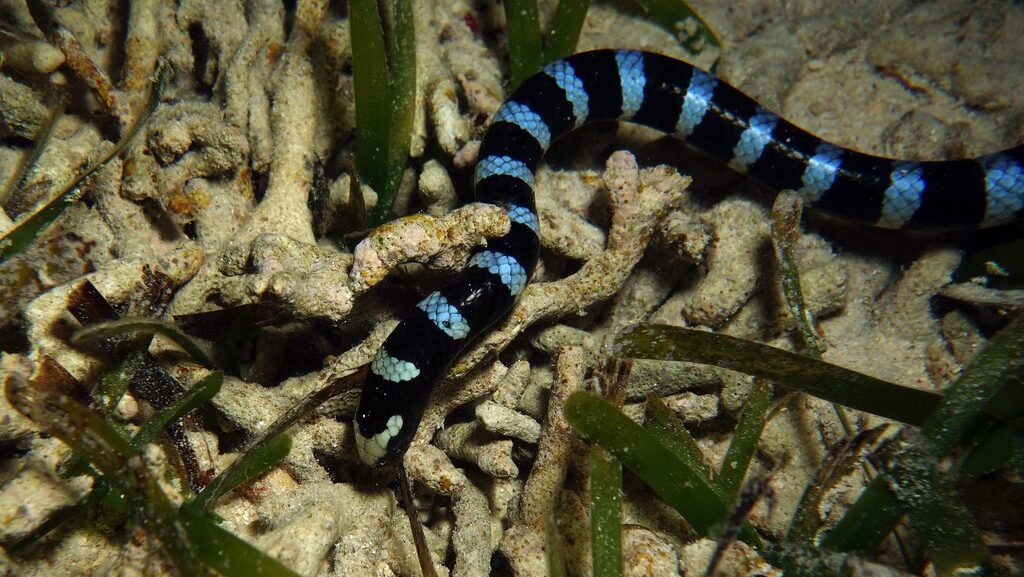The world of venomous creatures fascinates and frightens us in equal measure. From snakes slithering through rainforests to spiders lurking in garden corners, venomous animals have evolved sophisticated biochemical weapons that can immobilize prey or defend against threats. But exactly how quickly do these complex toxins work?
The timeline from envenomation to effect varies dramatically across species and circumstances, creating a spectrum from nearly instantaneous reactions to slow-developing symptoms that may take days to manifest fully. Understanding these timelines isn’t merely academic curiosity—it can make the difference between life and death in emergency situations, inform proper medical responses, and help us appreciate the remarkable evolutionary arms race that has produced these powerful biochemical compounds.
The Science Behind Venom Action

Venom is fundamentally different from poison, primarily in its delivery method—venoms are injected directly into tissues or bloodstream, while poisons are ingested, inhaled, or absorbed through the skin. This injection system allows venoms to bypass many of the body’s natural defense barriers, enabling rapid access to tissues, nerves, or the circulatory system.
Once delivered, venoms—complex cocktails of proteins, enzymes, and other bioactive compounds—begin interacting with specific targets in the victim’s body. Some components might target neuromuscular junctions to paralyze, while others may destroy cell membranes, disrupt blood clotting, or attack the cardiovascular system. The remarkable specificity of these compounds explains why different venoms act at different speeds and produce such varied symptoms, from local tissue damage to systemic failure of vital organs.
Snake Venom: Speed Varies by Type

Snake venoms fall broadly into two categories that operate on distinctly different timelines. Neurotoxic venoms, common in elapids like cobras, mambas, and sea snakes, typically act quickly—sometimes producing symptoms within minutes as they interfere with nerve impulse transmission and can cause respiratory failure. The black mamba’s venom, among the most rapid-acting, can begin affecting a human victim in as little as 20 minutes, potentially causing death within hours if untreated.
In contrast, hemotoxic venoms found in vipers like rattlesnakes primarily attack blood and tissues, causing local swelling, tissue destruction, and coagulation disorders that may develop more gradually over hours. However, some pit vipers like the Mojave rattlesnake possess both neurotoxic and hemotoxic components, creating a particularly dangerous combination that can act on multiple timelines simultaneously.
Spider Venom Timelines

Spider venoms display remarkable variation in onset times depending on the species. The Brazilian wandering spider’s venom, considered among the most neurologically active, can trigger pain, inflammation, and respiratory problems within minutes of a bite. Black widow spider bites typically cause intense pain that develops within 1-3 hours, with symptoms potentially worsening over 12-24 hours as the neurotoxin alpha-latrotoxin triggers massive neurotransmitter release.
The notorious brown recluse spider produces a slower-acting cytotoxic venom that creates minimal immediate pain but may cause a spreading necrotic lesion that develops over days or even weeks. Interestingly, many spider venoms have evolved primarily to immobilize insect prey almost instantly while having delayed or different effects on humans due to our larger size and physiological differences—a reminder that most venoms didn’t evolve specifically to target humans.
Marine Creature Venom Action

The underwater world hosts some of the most rapidly acting venoms on the planet. Box jellyfish venom, particularly from the Australian species Chironex fleckeri, can cause cardiovascular collapse within minutes, making it potentially lethal in extraordinarily short timeframes—some victims have died within 2-5 minutes of severe stings. The blue-ringed octopus, despite its small size and beautiful appearance, delivers tetrodotoxin that can cause muscle paralysis within minutes, potentially leading to respiratory arrest within 30 minutes.
Stonefish, the most venomous known fish, produce intense pain almost immediately upon stepping on their camouflaged dorsal spines, with the pain typically peaking within 30-90 minutes and potentially causing systemic effects including hypotension and cardiac arrhythmias. Cone snails, using a specialized harpoon-like modified tooth, inject venom containing conotoxins that can cause paralysis within minutes in smaller victims, though human envenomations typically progress more gradually.
Factors Affecting Venom Speed

The speed at which venom takes effect doesn’t depend solely on the venom itself but varies considerably based on several important factors. The injection site plays a crucial role—venom delivered directly into veins or richly vascularized tissue acts more rapidly than venom injected into fatty tissue with less blood flow. The quantity of venom delivered, known as the venom load, directly impacts onset time, with “dry bites” (defensive strikes with little or no venom injection) causing minimal or delayed symptoms compared to full envenomations.
The victim’s body size matters significantly, as smaller individuals have less tissue for the venom to distribute through, explaining why children often experience more rapid and severe envenomation effects. Physical activity after envenomation can accelerate venom distribution through increased blood circulation, which is why first aid protocols often recommend immobilization for certain venomous bites.
The Role of Victim Health Status

Pre-existing health conditions can dramatically alter both the timeline and severity of venom effects. Individuals with compromised immune systems may experience accelerated venom action as their bodies struggle to mount appropriate defensive responses to the foreign proteins. Cardiovascular conditions can compound the effects of venoms that target blood pressure regulation or heart function, potentially shortening the time to serious symptoms.
Older adults generally experience more rapid symptom progression compared to young, healthy individuals due to decreased physiological reserves and potentially reduced kidney and liver function for venom clearance. Certain medications, particularly blood thinners or beta-blockers, can interact with venom components to either speed up toxic effects or complicate treatment approaches, highlighting the importance of providing medical personnel with complete health information in envenomation cases.
Scorpion Venom Timelines

Scorpion venom typically produces rapid-onset effects, though severity varies dramatically by species. The bark scorpion (Centruroides sculpturatus) found in the southwestern United States delivers venom that can cause intense localized pain within seconds to minutes, with systemic symptoms like muscle twitching, difficulty breathing, or slurred speech potentially developing within 30 minutes in severe cases.
Deathstalker scorpions (Leiurus quinquestriatus) of North Africa and the Middle East produce neurotoxic venom that can cause systemic effects within minutes to hours, particularly in children and the elderly. Interestingly, many scorpion envenomations follow a predictable timeline where initial pain gives way to a temporary symptom reduction before potentially worsening again as different venom components act on the body. Most scorpion stings, even from dangerous species, typically reach peak symptoms within 4-8 hours, though in severe cases, the effects can persist for days.
Insect Venom Action Speeds

While not typically life-threatening except in allergic individuals, insect venoms demonstrate interesting variations in action speed. Bee and wasp stings typically produce immediate burning pain and local inflammation developing within minutes, with symptoms generally peaking within 1-2 hours before gradually subsiding. Fire ant venom causes a characteristic burning sensation within seconds, followed by the formation of pustules over the next 24-48 hours as the alkaloid components damage local tissue.
For individuals with venom allergies, potentially fatal anaphylactic reactions can begin within minutes of envenomation, with respiratory distress and cardiovascular symptoms sometimes developing with frightening speed. Even among non-allergic individuals, multiple simultaneous stings can occasionally cause systemic toxicity as the cumulative venom load overwhelms the body’s detoxification mechanisms, with symptoms developing progressively over hours.
The Critical Window for Antivenom

The effectiveness of antivenom treatment directly correlates with how quickly it’s administered relative to envenomation, creating a critical therapeutic window that varies by venom type. For fast-acting neurotoxic snake venoms like those from cobras or mambas, administering antivenom within 30 minutes to 2 hours offers optimal outcomes by neutralizing circulating venom before irreversible nerve damage occurs.
Hemotoxic venoms from vipers generally allow a somewhat longer window of 4-6 hours before tissue damage becomes extensive, though earlier treatment still produces better outcomes. Importantly, even late antivenom administration can provide benefits by neutralizing unbound venom and preventing further damage, even if it cannot reverse effects already manifested. In remote areas with limited medical access, this time-dependent effectiveness creates significant challenges, leading to the development of field-stable antivenoms and protocols for wilderness medicine that acknowledge these critical windows.
Geographic Variations in Venom Speed

Fascinating geographic variations exist even within the same species of venomous creatures, affecting how quickly their toxins act. Eastern and western diamondback rattlesnakes, though closely related, show different venom action profiles, with eastern variants typically producing more immediate and intense local effects. Australian brown snakes (Pseudonaja spp.) from different regions show variation in coagulation effects, with some populations producing more rapid blood clotting disruption than others.
These variations result from evolutionary pressures related to local prey availability, competitor species, and environmental factors that shape venom composition over generations. Additionally, seasonal changes can affect venom potency and action speed, with some species producing more concentrated or differently composed venom during breeding seasons or after hibernation periods when resources for venom production may be limited.
The Slowest-Acting Venoms

While many venoms produce rapid effects, some operate on remarkably extended timelines. The slow loris, a seemingly cute primate, produces a toxin that causes a delayed inflammatory reaction developing over hours to days after contact. Certain sea urchin species deliver venom that causes minimal immediate pain but can lead to granuloma formation weeks later as the body reacts to retained spines and associated toxins.
Gila monster venom, while painful immediately, produces some metabolic effects that may not be fully apparent for hours after a bite as it affects glucose regulation. Perhaps most striking are the long-term effects of some cytotoxic snake venoms, where tissue damage can continue to develop for weeks, and complete healing may take months—demonstrating that venom timelines extend far beyond initial symptom onset to include recovery phases that operate on entirely different temporal scales.
Venom Detection Time in Medical Settings

Modern medical technology has revolutionized the detection of venom in biological samples, though significant challenges remain. Enzyme-linked immunosorbent assays (ELISA) can detect specific venom proteins in blood or tissue samples within 2-4 hours in well-equipped hospital laboratories, allowing confirmation of envenomation even when the culprit animal wasn’t observed. Newer rapid test kits using lateral flow immunochromatography, similar to COVID-19 home tests, can detect some common venoms in 10-30 minutes, though they generally have lower sensitivity than laboratory methods.
Mass spectrometry techniques offer even greater specificity, potentially identifying the exact species responsible for envenomation within hours, which can guide antivenom selection in regions with multiple dangerous species. Despite these advances, many hospitals in remote or resource-limited settings still rely primarily on clinical observation of symptoms rather than laboratory confirmation, highlighting ongoing healthcare disparities in envenomation management.
Evolutionary Perspectives on Venom Speed

The varying speeds at which venoms act reflect different evolutionary strategies that have been refined over millions of years. Predatory venoms often prioritize rapid immobilization—the cone snail’s fast-acting venom prevents fish prey from escaping, while defensive venoms may prioritize immediate pain to deter attackers quickly, as seen in bee stings. Some venomous creatures have evolved fascinating specialized delivery mechanisms that affect action speed: the spitting cobra’s ability to project venom at an attacker’s eyes produces almost immediate pain and potential blindness, while the gaboon viper’s extraordinarily long fangs ensure deep venom delivery for faster absorption.
The metabolic cost of producing complex venoms has led to fascinating evolutionary trade-offs where some species produce “pre-digesting” venoms that work slowly but reduce the energy needed for digestion, demonstrating that venom speed is just one factor in the complex evolutionary landscape of predator-prey relationships.
Future Directions in Understanding Venom Timelines

Emerging research technologies are providing unprecedented insights into the temporal dynamics of venom action at molecular and cellular levels. Advanced imaging techniques like real-time fluorescence microscopy now allow scientists to track labeled venom components as they interact with tissues, revealing exactly how quickly specific toxins reach their targets. Computational modeling approaches can simulate how venom components move through tissues and bloodstream, potentially allowing better prediction of symptom progression timelines for clinical applications.
Proteomic analysis is uncovering how different venom fractions act in sequence, with some components evolving specifically to facilitate the entry or action of others, creating cascade effects that explain the complex symptom timelines observed clinically. Perhaps most exciting, these detailed temporal understandings are opening new avenues for drug development, as venom components with precisely timed actions could potentially be repurposed into medications that act exactly when needed in the body.
Conclusion

The timeline of venom action represents a fascinating intersection of biochemistry, evolutionary biology, and medical science. From the nearly instantaneous effects of certain neurotoxins to the slowly developing tissue damage from cytotoxic components, these diverse timelines reflect the specialized strategies that venomous creatures have evolved to survive and thrive.
Understanding these temporal patterns isn’t merely academic—it directly informs medical responses, guides antivenom development, and helps shape public health education about envenomation risks. As research continues to unravel the complex mechanisms behind venom action speeds, we gain not only better tools for treating dangerous envenomations but also deeper appreciation for the remarkable biochemical adaptations that have evolved in the natural world. The next time you encounter warnings about venomous creatures, remember that behind those caution signs lies an intricate world of precision-timed biochemical weapons, each with its own unique temporal signature of action.















Leave a Reply